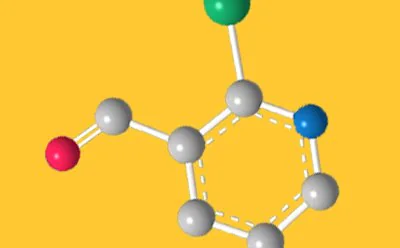Halogenated Heterocycles
Building Blocks
Halogenated Heterocycles

Heterocyclic compounds are organic compounds that have at least one ring member that is not a carbon atom. Halogenated heterocyclic compounds have one or more halogen atoms (bromine, chlorine, fluorine, or iodine) attached. Halogenated heterocycles are significant because they are used as vehicles in the synthesis of other organic compounds in synthetic chemistry. Their structures can be modified in heterocyclic reactions to manipulate their function. Organo chlorine compounds are one of the most widely used groups for synthetic reactions.
Natural heterocyclic compounds are essential in the metabolism of living cells. Heterocyclic bases, such as pyrimidine and purine, are inherent in DNA. In amino acids, the indole motif appears in tryptophan, while the pyrrolidine motif appears in proline. Many synthetic heterocycles exhibit pharmacological activity and are widely researched by medicinal chemists; others are used as ligands (i.e. NHCs) in pesticides, industrial antioxidants, copolymers, or various synthetic intermediates.
Our diversified supply of over 3,000 halogenated heterocycles comprises our own core offering as well as that of partners’ compounds. We have the industry’s most comprehensive selection of heterocyclic building blocks that can be used in a vast array of synthetic protocols, including lithiation and palladium catalyzed cross-coupling methodologies.
Spark your scientific breakthroughs with our one-stop source for chemical reagents. Our portfolio of halogenated heterocycles includes:
- organo fluorine heterocycles
- organo chlorine heterocycles
- organo bromine heterocycles
- organo iodine heterocycles


